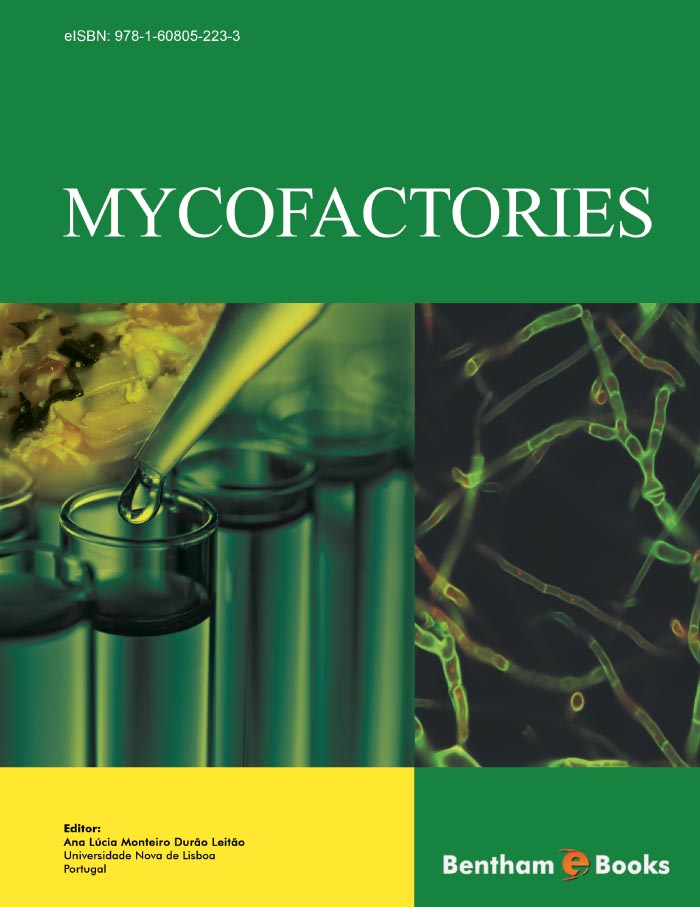Preface
Many fungi live saprophytically in the soil having an important role in nature in carbon recycling. They are well known for their ability to adapt to environments of high osmolarity by a mechanism involving the accumulation of low-molecular weight compounds that maintain positive turgor pressure. Indeed, fungi produce a diverse array of secondary metabolites. These molecules, that are not necessary for normal cell growth, have a tremendous impact on industry and society. As a biotechnology tools, fungi have the advantage of being relatively easy to growth on fermenters being suited for large scale production. They have been successfully employed for biotransformations ranging from food manufacturing to drug design.
The production of penicillin by filamentous fungi has been pointed out as the beginning of modern pharmaceutical industry. Recently, the synthesis of naturally occurring bioactive microbial metabolites like pyripyropenes, arisugacins in order to create novel medicines for specific clinical conditions such as atherosclerosis, Alzheimer's disease, cancer, inflammation, and osteoporosis, among others, opened a new perspective for fungi applications. On the other hand, these microorganisms are responsible to secrete high levels of extracellular proteins such as plant cell wall hydrolyzing enzymes employed for the hydrolysis of lignocellulosic materials. Furthermore, they are known to produce a series of hydrocarbon derivatives normally present in diesel fuel. The use of fungi on bioremediation field of environmental hazardous compounds to reduce levels of heavy metals, polycyclic aromatic hydrocarbons (PAHs), phenol and phenolic compounds is clearly in expansion. Fungi are considered as ideal green catalysts having great biotechnological impact due to their limited nutritional requirements, and their broad substrate specificity. This very high metabolic diversity has been actively exploited for many years and will be developed in the future, as new mankind challenge appeared.
Highlights included in the e-book are focused on the current and future trends about the applications of fungi as a main source for the production of enzymes and for the manufacturing of food derivatives, applications in the bioremediation field, production of pigments and other food additives.
Human needs and challenges for designing novel strategies to develop more efficient cell factories made this book interesting and actual. This e-Book publishes a substantial share of the most significant current research in the area of fungal biotechnology, and constitutes an effort to compile high level research in biotechnology with fungi as main tools.
Ana Lúcia Leitão
Faculdade de Ciências e Tecnologia,
Universidade Nova de Lisboa,
Campus de Caparica,
2829-516 Caparica, Portugal

